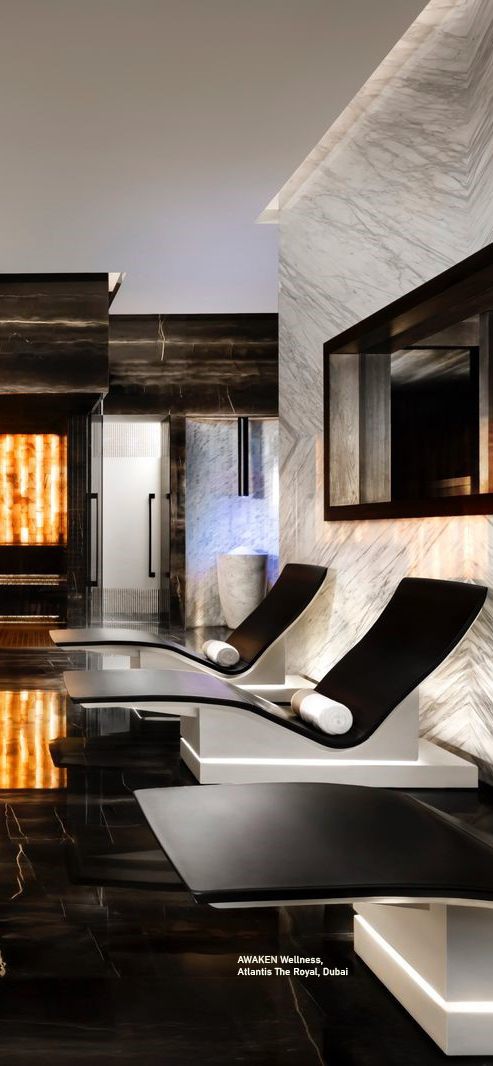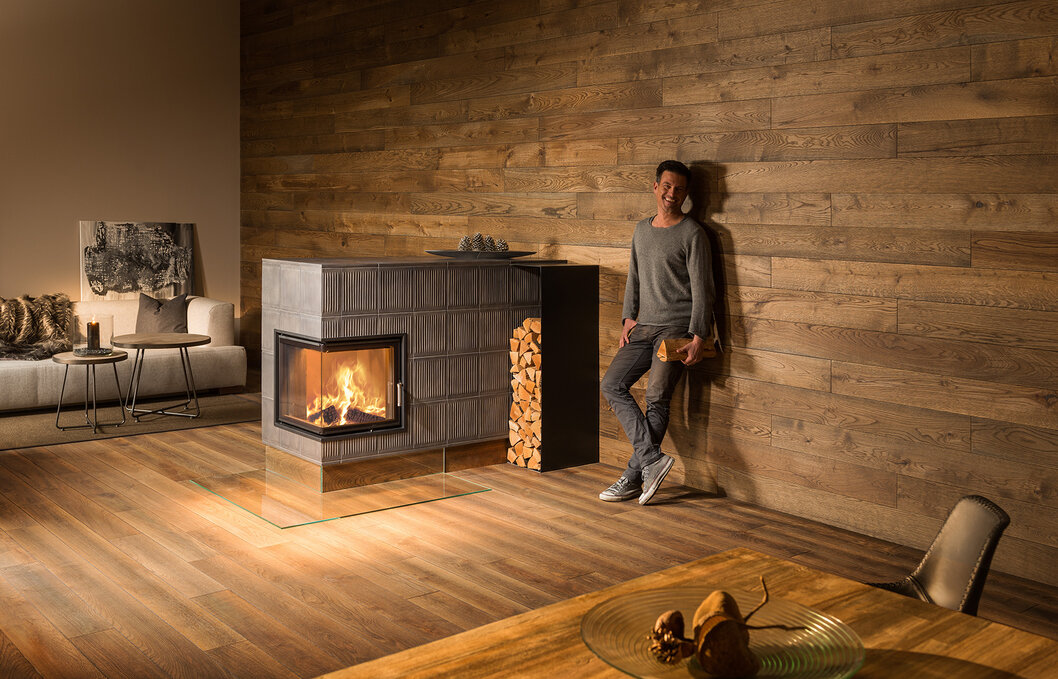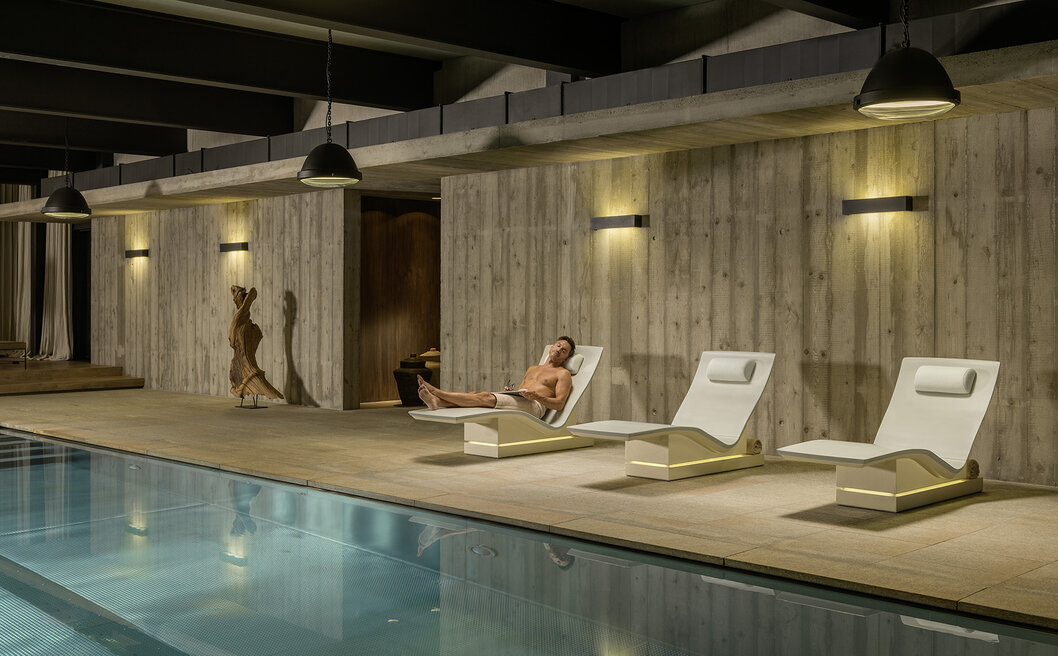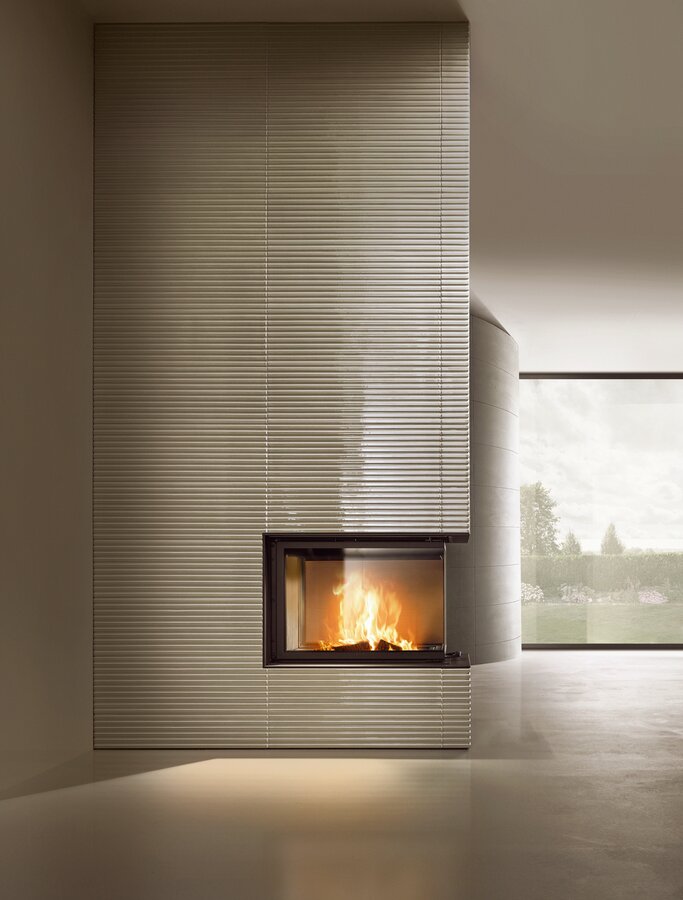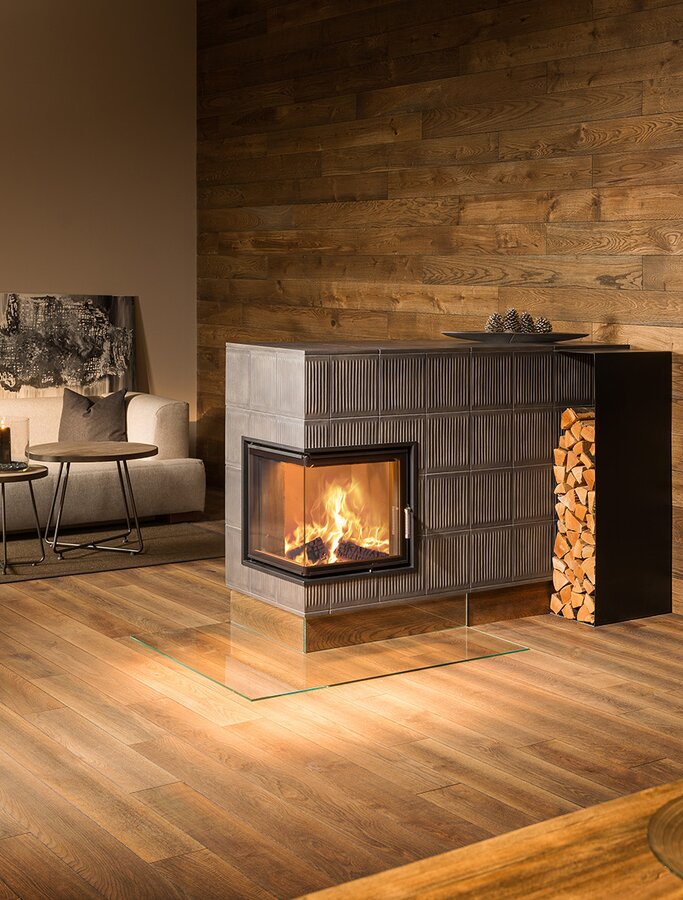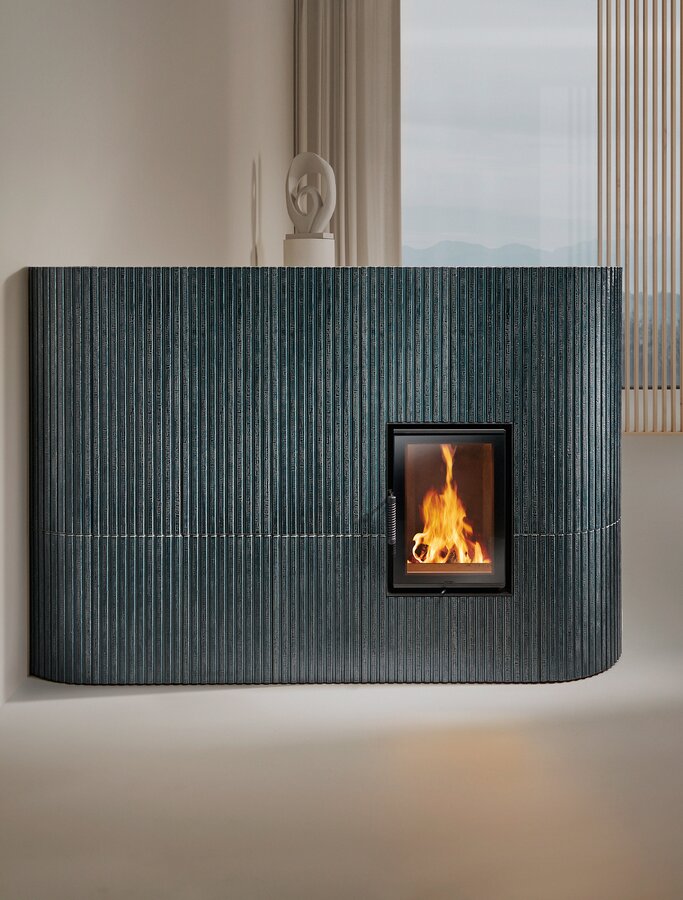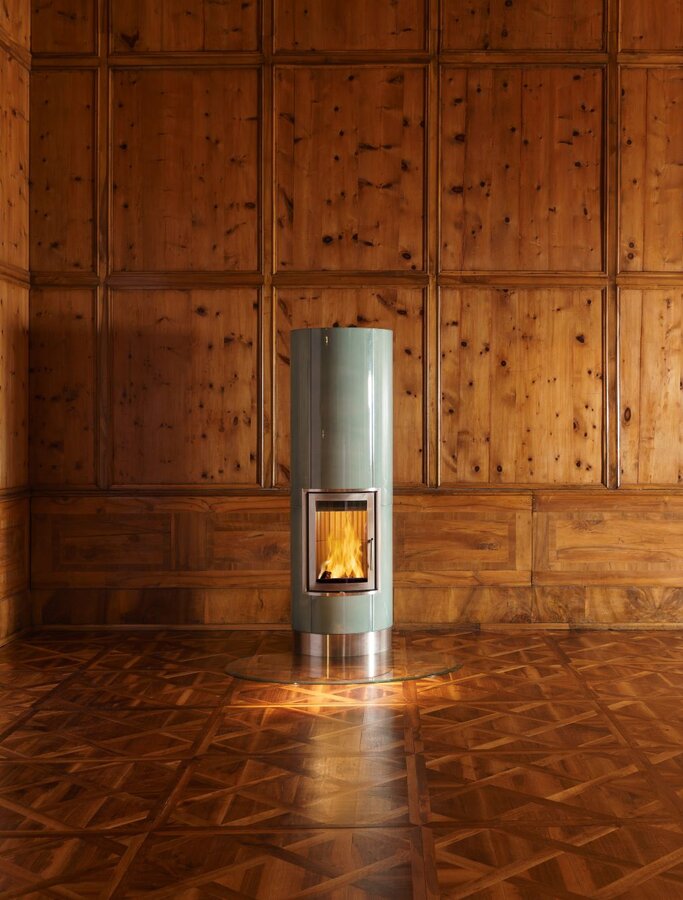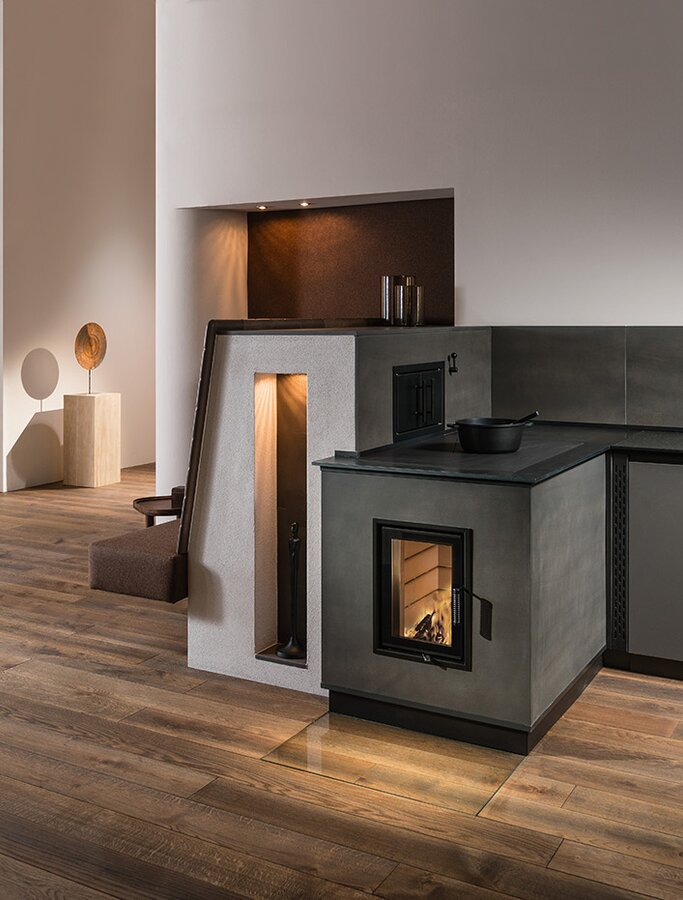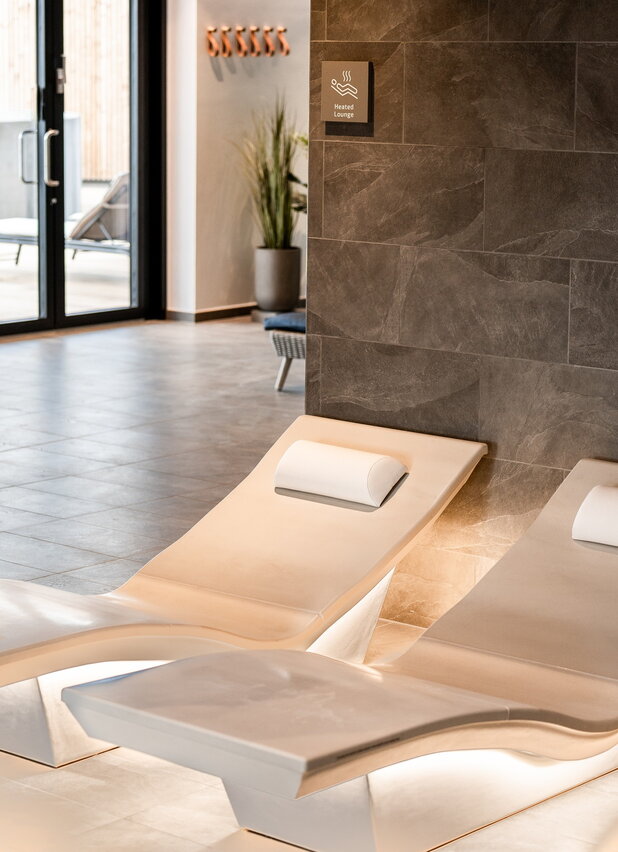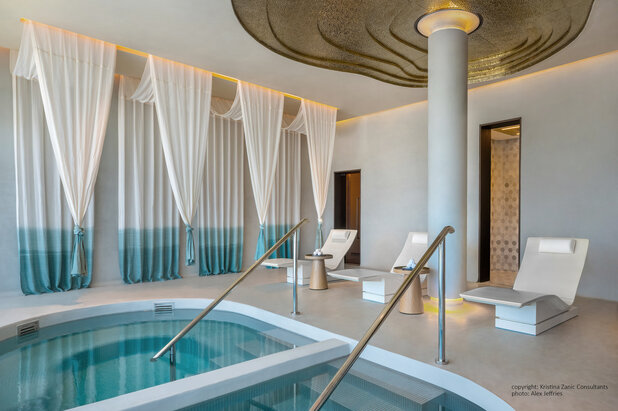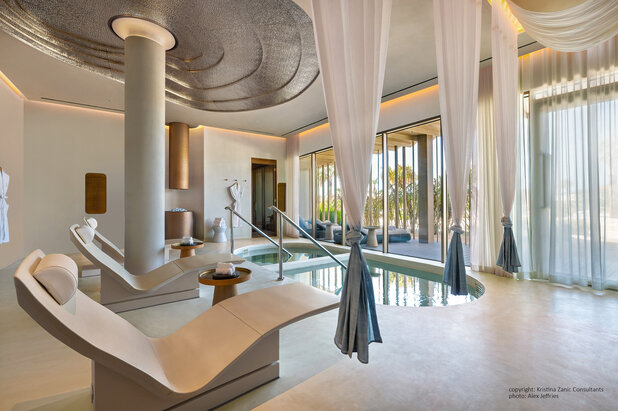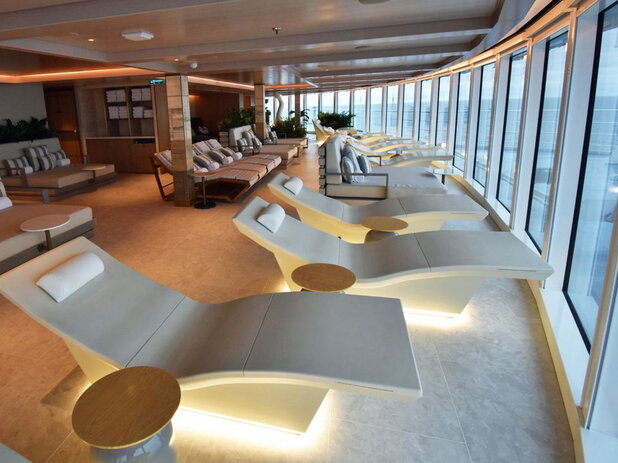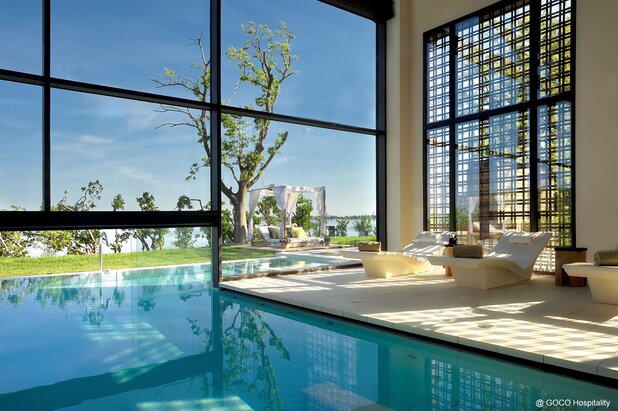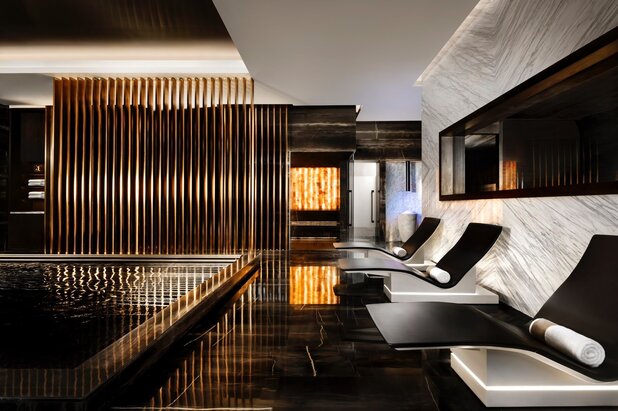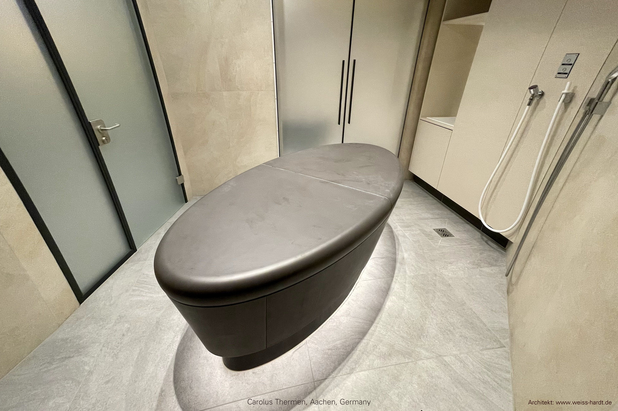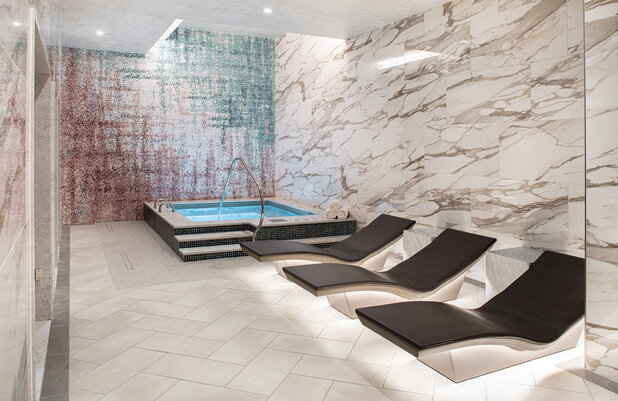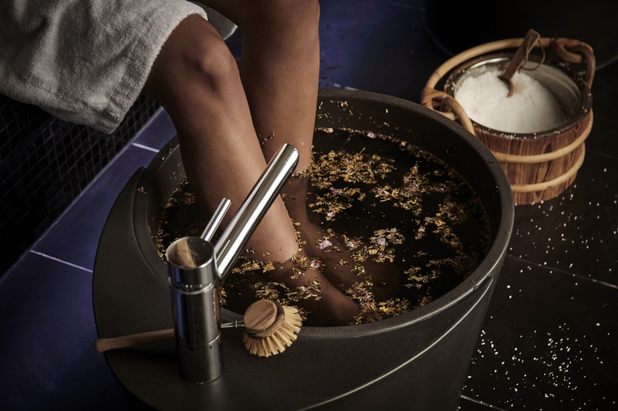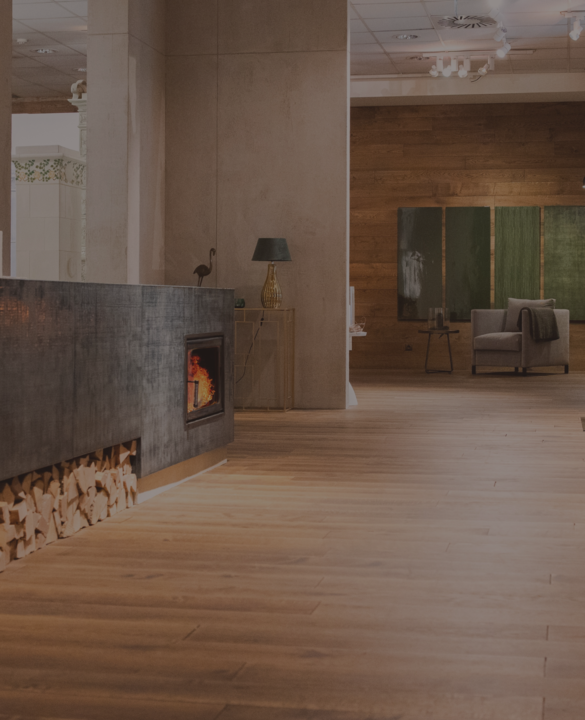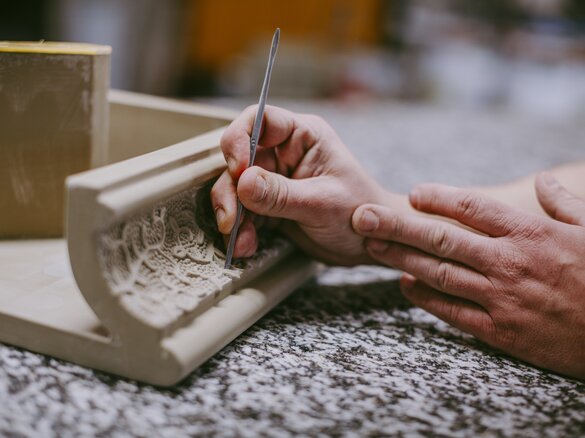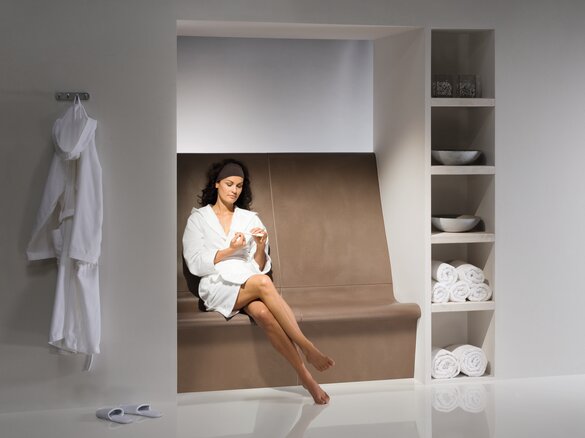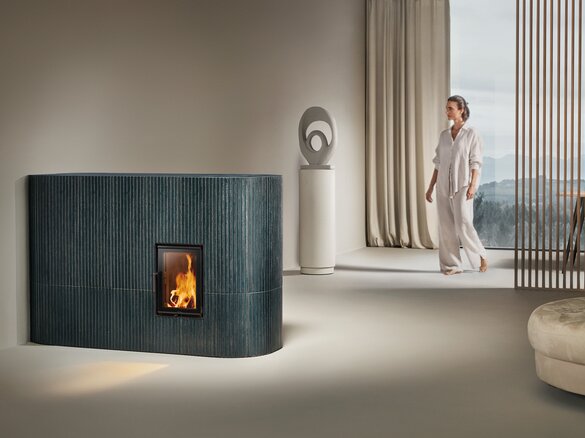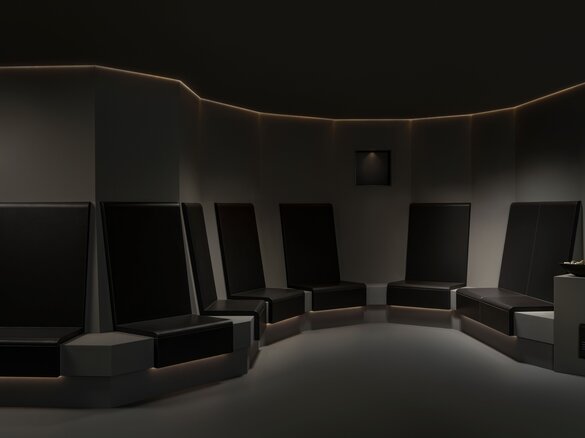
Keramik Manufaktur Steyr 1491
Pure Relaxation. Wohltuende Entspannung und Behaglichkeit mit Kachelkeramik und Spa Keramik aus der Manufaktur Sommerhuber - seit 1491 stehen unsere Produkte für höchste Handwerkskunst, Qualität und Design. Mehr Lebensenergie und Vitalität dank gesunder, keramischer Strahlungswärme unserer Kachelöfen & Kachelkamine und Spa Keramik. Tauchen Sie ein in die Sommerhuber Welten der Entspannung.
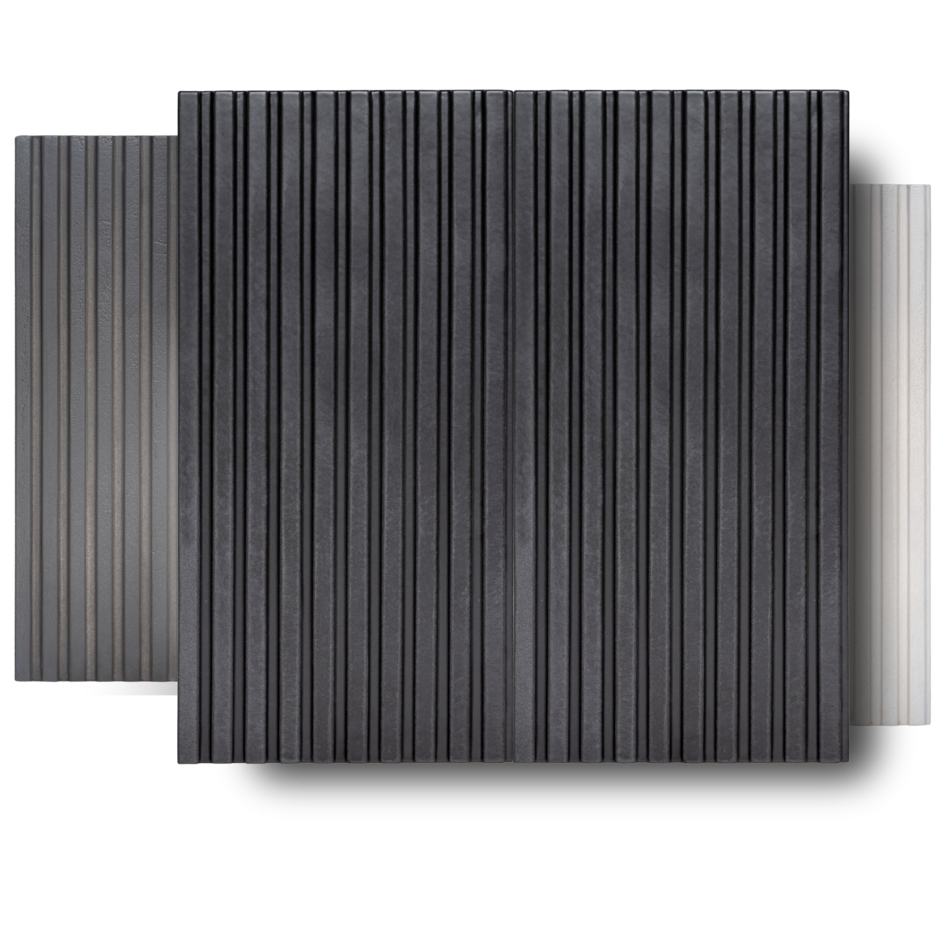
Kachel Silhouette
Die neue Kachel Silhouette ist eine Produktlinie, die Kachelöfen und Kachelkamine zu einem Element der Innenarchitektur macht.

Kachel Arabesco
Mit ihrem floralen Muster erzählt die Kachel Arabesco Geschichten von längst vergangenen Zeiten, von Romantik und der Nähe zur Natur. Besonders an kühlen Herbstabenden am gemütlich warmen Kachelofen schafft sie Behaglichkeit und Atmosphäre.
Spa & Wellness Keramik

Haptik, Design & Tradition - seit 1491
Mit viel Liebe und technischem Know-how werden in Steyr, Oberösterreich seit über 500 Jahren Kacheln und Kachelöfen zur Wärmespeicherung gefertigt. Die Produktlinien umfassen heute zudem minimalistische, keramische Designheizkörper und hochwertige Spa Keramik.
Ausstellung
Die 1.500 m² große Welt der Kachelöfen & Spa Keramik in Steyr


